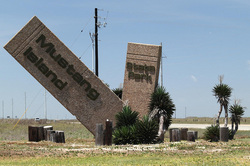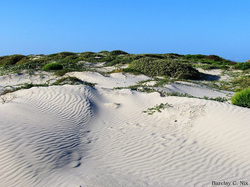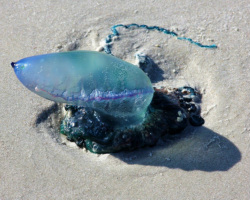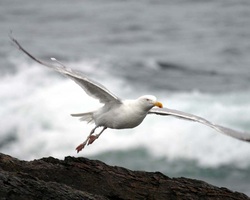
Located about an hour and a half from Texas A&M University- Kingsville is Mustang Island State Park. It is quite a distance from campus, 68 miles, but it is well worth the drive. When approaching the entrance, you will see an oddly shaped sign showing “Mustang Island State Park.” The Mustang Island State Park resides on about 3,954 acres and contains 5 miles of beach. The park was founded in 1972 and finally accessible to the public seven years later. The Karankawa Indians are known to be the first inhabitants along the Gulf Coast, including Mustang Island State Park. They were able to endure in the region until the 19th century, which is when the Spanish explorers invaded the surrounding area. Spanish explorers first named the island “Wild Horse Island,” since there were wild horses inhabiting the area. They later decided to rename the island to “Mustang Island.”

At any beach, one will find that there are many sand dunes. When I was a child, I always thought that they were imported for cosmetic feature on the beach. Little did I know, sand dunes are used to help prevent wind and water damage that is produced by storms. They also provide a habitat for endangered species and numerous species of plants. Without sand dunes, many inland areas would be destroyed and many plant and animal species could not survive in the coastal areas. During the fall of 2010, two of my friends and I decided to take a camping trip to Mustang Island. We had to purchase a beach parking permit to ensure the park rangers that we had permission to stay at the park overnight. I would recommend you to bring extra blankets and extra batteries for your flashlights. Even though it may seem hot during the day, it can be quite chilly at night. The day that we traveled back to Texas A&M- Kingsville, we had to drive with the windows open, we smelled like salt, sweat and sand!

While walking on the beach, you need to watch where you step. Many people say that they want to take a romantic walk along the beach; well they evidently have not mistaken a dead Portuguese Man-of-War body for a clump of seaweed. I have not either, but I hear that it is painful. When the dead bodies of the Portuguese man-of-war wash onto the shore, they still have the ability to sting. During the spring of 2012, my friends and I arrived at Mustang Island around sunset. As we walked along the beach, I noticed that there were many Portuguese man-of-war bodies that had washed ashore. Since the upper portion, or "head," of the Portuguese Man-of-War appeared to be jelly-like, we wondered what it would feel like if we touched it, but never developed the courage. We also had fun chasing little blue crabs that scurried from the ocean water to their hideaway. Some of the blue crabs had the courage to chase us around the beach too, which is funny to think that something so small could scare something the size of a human. I guess that is how they survive in the wild.

Also located along the water’s edge, were these tiny fish, Blacktail Shiner. They seemed so helpless; the water was not strong enough to pull them back into the water. Seeing the Blacktail Shiner flopping around like a fish out of water, we tried to help throw them back into the ocean. Sometimes there were at least one or two visible, but sometimes there were too many for us to throw back into the ocean before they died. I would recommend people to visit Mustang Island at least one point in their life. I have had many good times with friends, became closer to some, and had many laughs.
 RSS Feed
RSS Feed